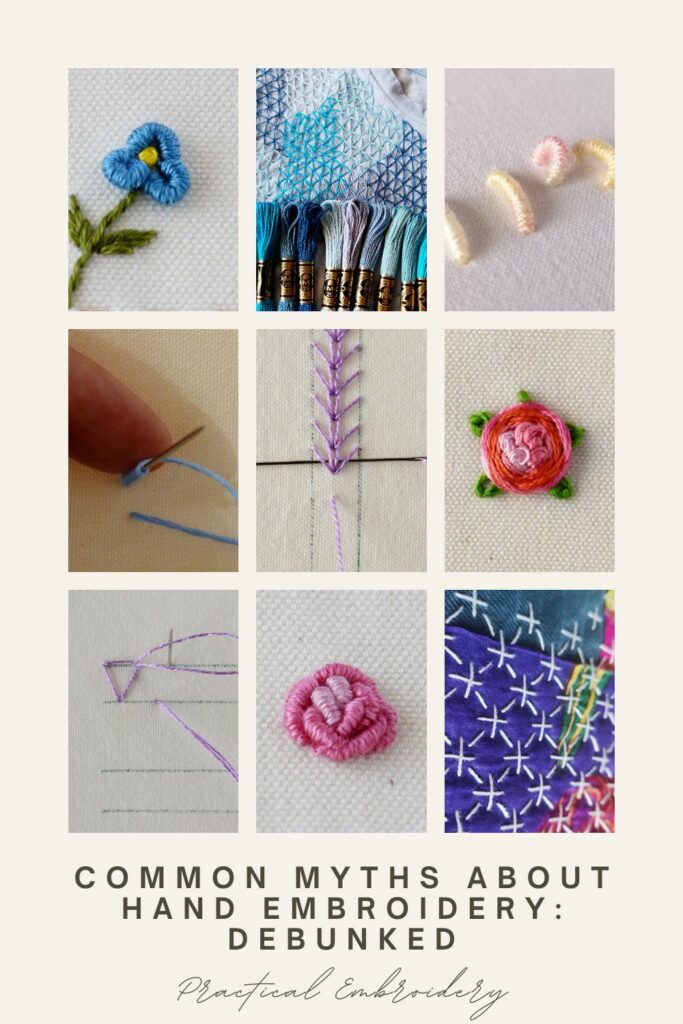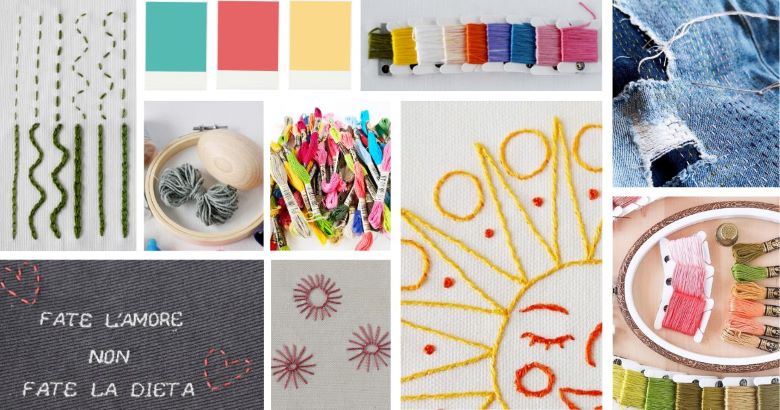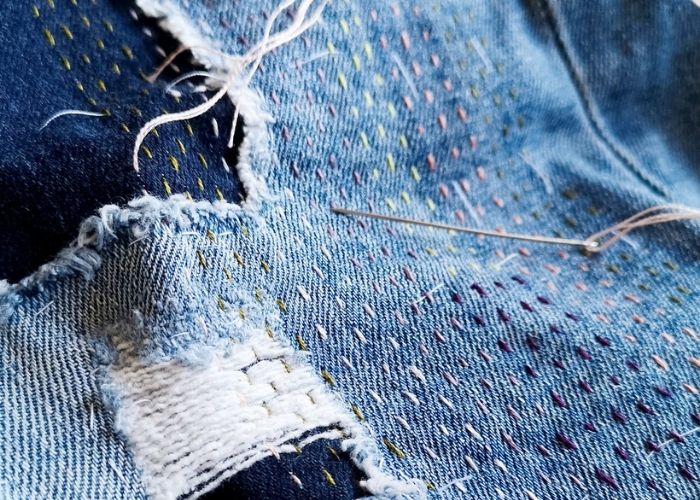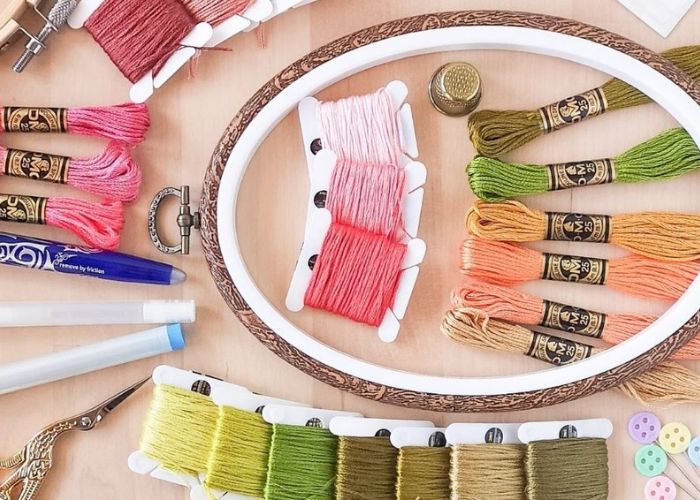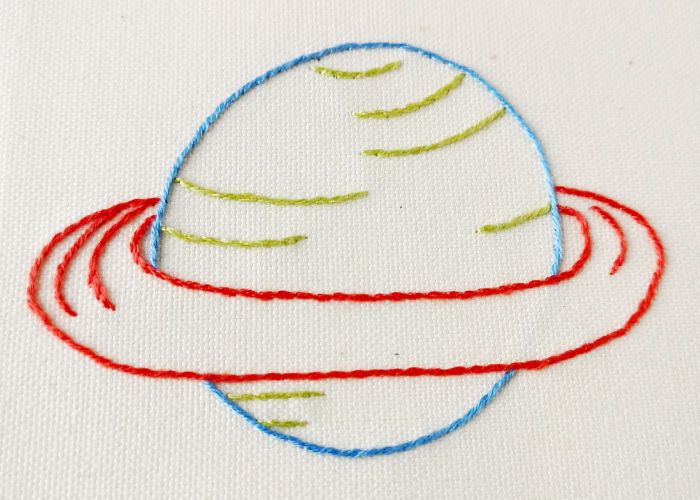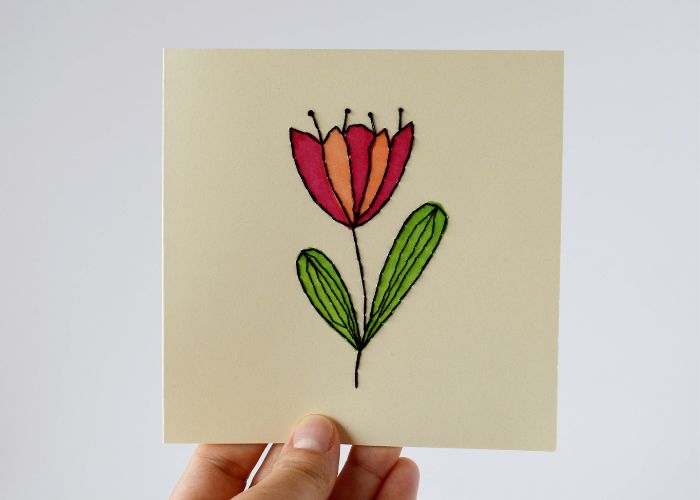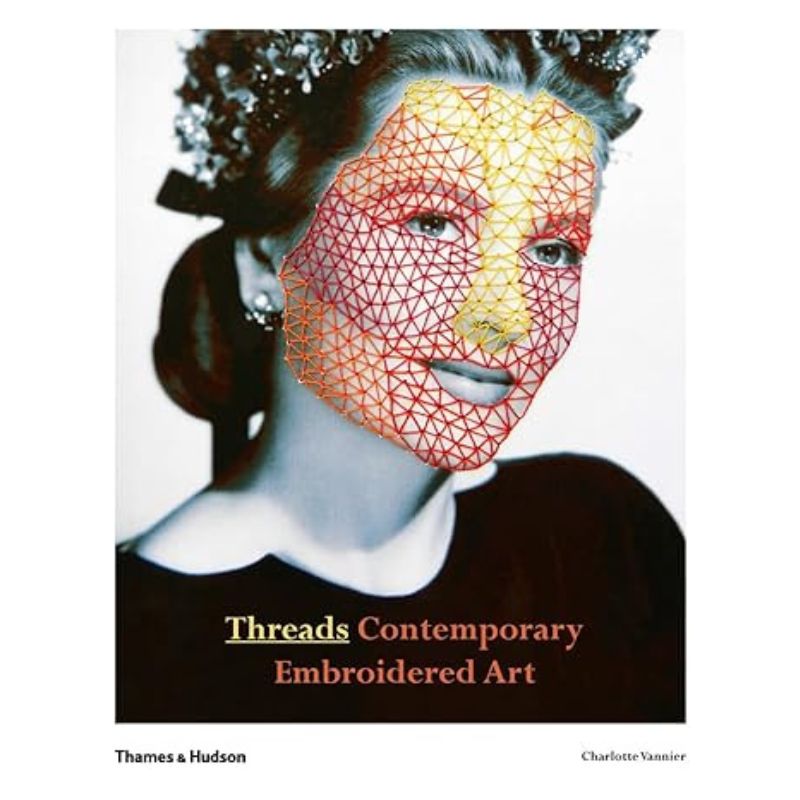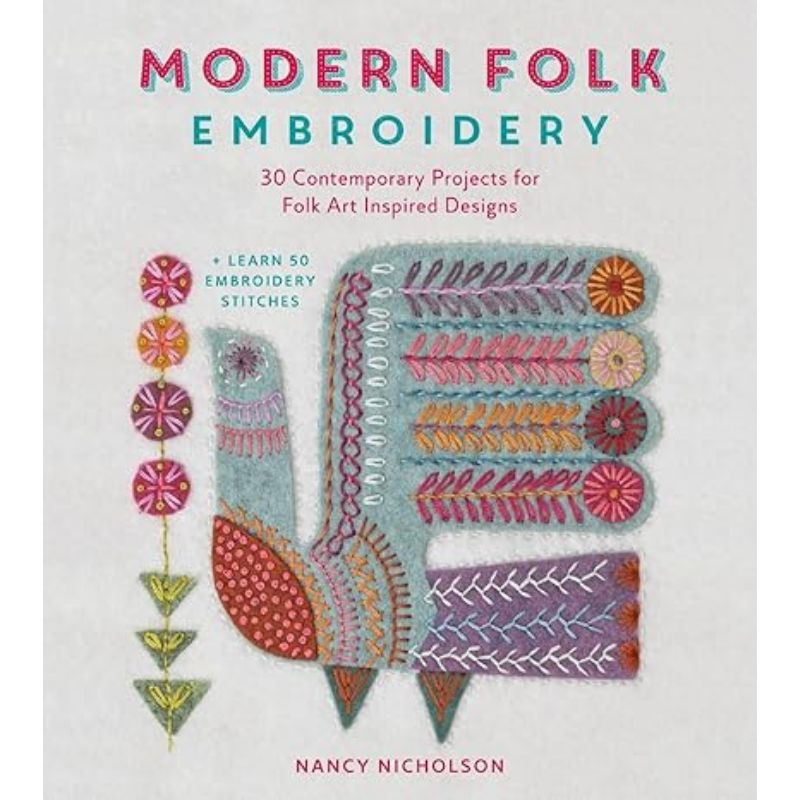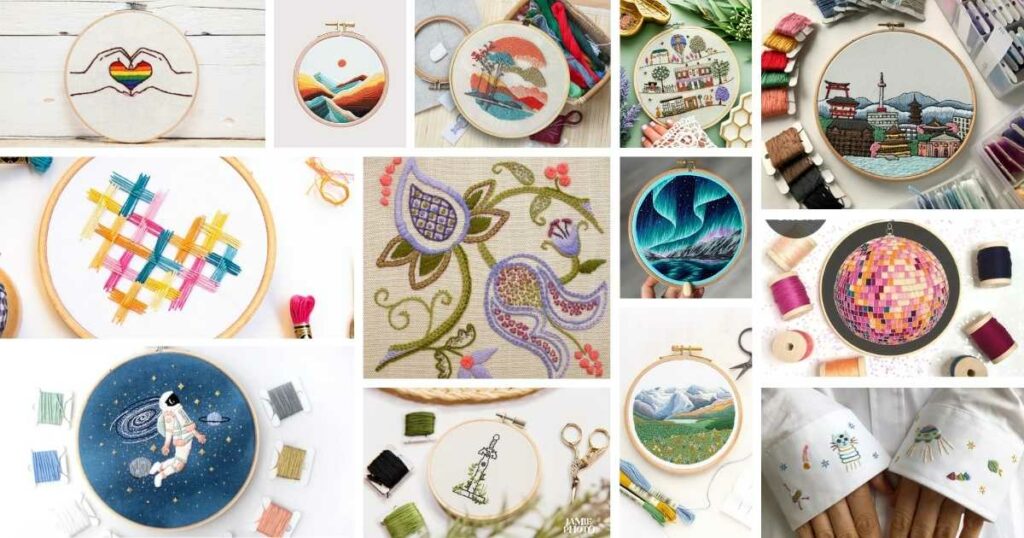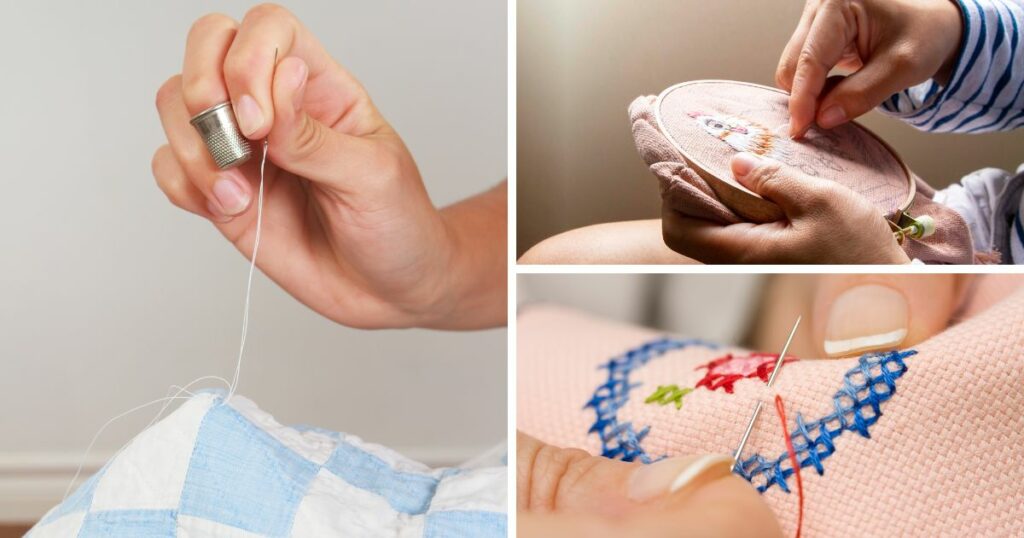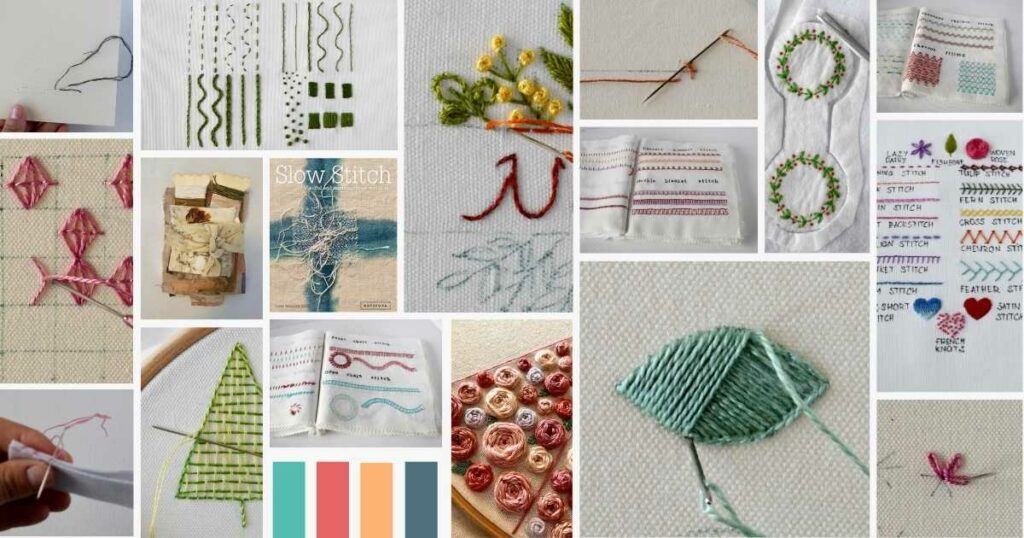Common Myths About Hand Embroidery: Debunked
Hand embroidery is a beautiful and ancient craft practiced for centuries across various cultures. However, like many traditional arts, it is surrounded by numerous myths and misconceptions. These myths about hand embroidery can deter beginners, misinform enthusiasts, and undervalue the true essence of this intricate art form. This article aims to debunk some of the most common myths about hand embroidery, shedding light on the truth behind each one.
Hand Embroidery Is Only for Women
The Myth: Hand embroidery is traditionally seen as a female-dominated craft, often associated with domesticity and historical images of women working on their needlework in parlors.
The Truth: While hand embroidery has been popular among women, especially during the 19th and early 20th centuries, it is not an exclusively female domain. Throughout history, men have also practiced embroidery. For instance, professional male embroiderers worked on church vestments and royal garments in medieval Europe. Today, many male artists and hobbyists engage in embroidery, contributing to its evolving landscape. Even a new term—manbroidery—was coined to describe a movement of men who cross-stitch or embroider.
Embroidery is a gender-neutral craft that anyone can enjoy, regardless of gender.
Hand Embroidery Is Only for Decorative Purposes
The Myth: Embroidery is often seen as purely decorative art with no practical means, meant only for embellishing clothing, linens, and other textiles.
The Truth: While decoration is a significant aspect of hand embroidery, its purposes extend far beyond mere aesthetics. Historically, embroidery has been used to signify social status, convey religious and cultural symbolism, and tell stories. Contemporary artists use hand embroidery as a medium for personal expression in visual arts, political statements, and social commentary. Moreover, hand embroidery is perfect for mending clothes and textile household objects. Also, embroidered patches or logos serve practical purposes, such as identifying the uniforms of the sports teams or other groups.
Hand Embroidery Is an Outdated Craft
The Myth: Hand embroidery is sometimes dismissed as an old-fashioned or outdated hobby that is no longer relevant to the modern world.
The Truth: Far from being outdated, hand embroidery is experiencing a resurgence in popularity. The slow fashion movement emphasizes sustainable and ethical clothing and has brought new attention to hand-stitched garments and accessories. Moreover, social media platforms like Facebook, Instagram, and Pinterest have created vibrant communities of modern embroiderers and menders who share their work, techniques, and inspirations. Contemporary embroidery artists are pushing the boundaries of the craft, incorporating it into mixed-media art and creating innovative designs that resonate with today’s aesthetics.
And let’s not forget high fashion and haute couture embroidery! Hand embroidery is more than on trend – from Jean Paul Gaultier to Valentino, Schiaparelli to Elie Saab. More about haute couture embroidery trends in the article by Almost Goddess – Haute couture embroidery trends fall-winter 2023-2024.
Disclaimer: To cover the cost of creating free embroidery patterns and video tutorials for this blog, I do sometimes link to products. Please assume these links are affiliate links. If you choose to buy through my links then THANK YOU – it will make it possible for me to keep doing this.
Hand Embroidery Is Too Difficult for Beginners
The Myth: Many believe hand embroidery is complex and challenging, suitable only for those with significant skill and experience.
The Truth: While hand embroidery can indeed be intricate and detailed, it is also highly accessible to beginners. Many simple stitches, such as the Running stitch, Backstitch, and Satin stitch, are easy to learn and form the foundation of more complex designs. As with any craft, practice and patience are critical, and even novice embroiderers can create beautiful pieces with basic techniques.
If you are looking for learning resources, start with my free e-book, “Five Essential Hand Embroidery Stitches for Beginners.” The book will help you make your first stitches, and my newsletters will indicate the next steps to make your learning faster and with more fun.
Want more than five basic stitches? Head to the article “Basic embroidery stitches for beginners: 18 basic hand embroidery stitches to start stitching like a pro” and learn 18 beginner friendly techniques.
Stitchers with more experience could read the article “How to Improve Your Hand Embroidery Skills: Tips and Exercises” to find best exercises for practicing their skills.
Hand Embroidery Requires Expensive Materials
The Myth: There is a misconception that hand embroidery is an expensive hobby due to the cost of materials such as specialty threads, fabrics, and tools.
The Truth: While high-quality materials like silk or crystals can enhance the final product, hand embroidery does not have to be expensive. Basic embroidery supplies, such as needles, threads, hoops, and fabric, are relatively inexpensive and widely available. Beginners can start with a few basic supplies, tools, and materials. Additionally, creative embroiderers often repurpose old clothing and textiles, making the craft both affordable and sustainable.
Hand Embroidery Is Time-Consuming
The Myth: Hand embroidery is often perceived as a time-consuming hobby that requires hours of dedication for even the tiniest projects.
The Truth: The time investment in hand embroidery depends on the complexity and size of the project. While some intricate designs can take considerable time, many smaller projects can be completed in a few hours or even less. Moreover, embroidery’s meditative and relaxing nature makes the time spent on it enjoyable and rewarding. Short stitching sessions can be both satisfying and productive for those with busy schedules.
In fact, hand embroidery has lots of benefits for your mental health. Read “Embroidery as therapy: 8 ways hand embroidery can boost your mental health and emotional wellbeing” for more ideas on making time spent on hand embroidery your “relax and recharge” time.
If you find it hard to find time for hand embroidery and crafting in general, read my article “How to Find Time for Embroidery and Other Creative Endeavors” where I share my best tips on how to organize your time and make space for creativity in your daily life.
Hand Embroidery Is Only for Textiles
The Myth: It is commonly believed that embroidery is limited to fabric and textiles, such as clothing, table linens, and home decor.
The Truth: Hand embroidery is a versatile art form that can be applied to various surfaces beyond traditional textiles. Contemporary artists have ventured into embroidery on paper, leather, wood, and metal. This versatility allows endless creative possibilities, from embroidered greeting cards and book covers to unique jewelry and wall art. The only limit is the embroiderer’s imagination.
If you want to try hand embroidery on paper, try these tutorials:
Hand Embroidery Is Not Durable
The Myth: Some people believe that hand-embroidered items are delicate and not suitable for regular use, as the stitches might come undone or the fabric might wear out quickly.
The Truth: When appropriately done, hand embroidery can be very durable. The longevity of embroidered items depends on the quality of materials used and the care taken during stitching. Properly secured stitches and appropriate fabrics and threads can ensure that embroidered pieces last for years, even with regular use. Many historical embroidered textiles have survived for centuries, showcasing the durability of this craft.
If you want your hand embroidery to last through wear and washing, pay attention to how you start and end your stitches, as some methods are more durable than others. Also, buy only high-quality embroidery floss or thread, as these threads do not bleed or lose color when washed.
Machine Embroidery Is Superior to Hand Embroidery
The Myth: With the advent of sophisticated embroidery machines, there is a belief that machine embroidery is superior to hand embroidery in terms of precision, speed, and quality.
The Truth: While machine embroidery offers precision, speed, and efficiency, hand embroidery has unique charm and advantages. Hand embroidery allows for greater artistic expression and individuality; each piece is unique and reflects the embroiderer’s personal touch. The textures and details achievable with hand stitches are more varied and intricate than those produced by machines. You can choose from the library of hundreds of hand embroidery stitches to embroider. Also, some embroidery styles can not be replicated by machine embroidery.
Both methods have merits; the choice depends on the desired outcome and personal preference.
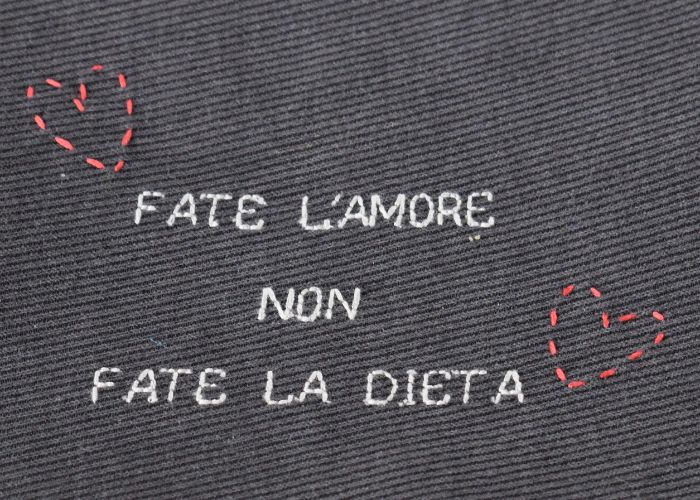
Hand Embroidery Is a Solitary Activity
The Myth: Hand embroidery is often viewed as a solitary activity, done alone in quiet, introspective settings.
The Truth: While embroidery can be a peaceful, solitary pastime, it is also a social and community-oriented activity. Historically, women would gather for quilting bees and embroidery circles, using the time to socialize and share techniques. Today, online communities, local craft groups, and workshops provide platforms for embroiderers to connect, learn, and collaborate. These gatherings foster a sense of community and shared passion for the craft.
Hand Embroidery Is Only for Traditional Designs
The Myth: Some believe that hand embroidery is restricted to traditional designs and motifs, such as florals, samplers, and classic patterns.
The Truth: While traditional designs are integral to embroidery’s heritage, the craft has evolved to include a vast array of contemporary styles and themes. Modern embroiderers create everything from abstract art and portraits to pop culture references and avant-garde designs. The flexibility of embroidery allows artists to experiment with new ideas and materials and push the boundaries of what can be achieved with needle and thread.
To learn more about contemporary hand embroidery art and to get inspired, read these books:
Hand Embroidery Is Just a Hobby
The Myth: Many perceive hand embroidery as merely a hobby or pastime, not a serious or professional pursuit.
The Truth: Hand embroidery can be both a hobby and a professional endeavor. Many artists and designers have built successful careers around their embroidery skills, creating bespoke pieces, participating in exhibitions, and selling their work. Embroidery is also used in the fashion industry, interior design, and fine arts. The craft’s versatility and appeal make it a viable professional path for those passionate about it.
To explore a professional hand embroidery career, research the possibilities of studying at the French Ecole Lesage school or the English Royal School of Needlework.
Conclusion
Hand embroidery is a rich, multifaceted art form that transcends many myths and misconceptions. Whether as a hobby or a professional pursuit, embroidery offers endless possibilities for creativity, expression, and connection. By debunking these myths about hand embroidery, I want to highlight hand embroidery’s authentic value and potential, encouraging more people to explore and enjoy this timeless craft.
